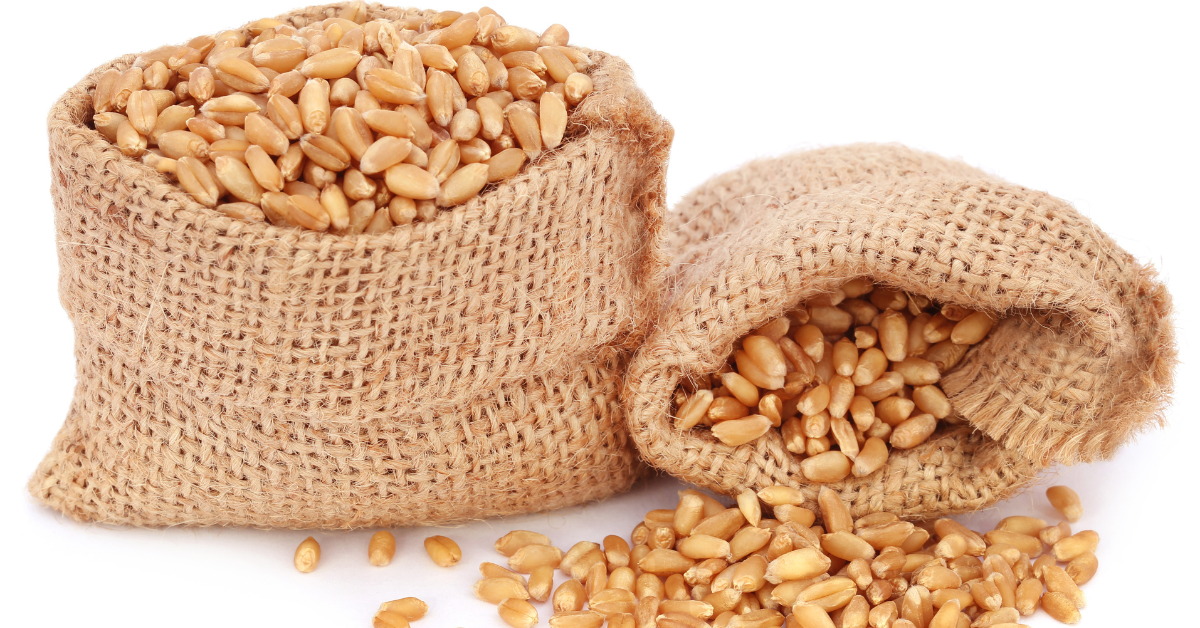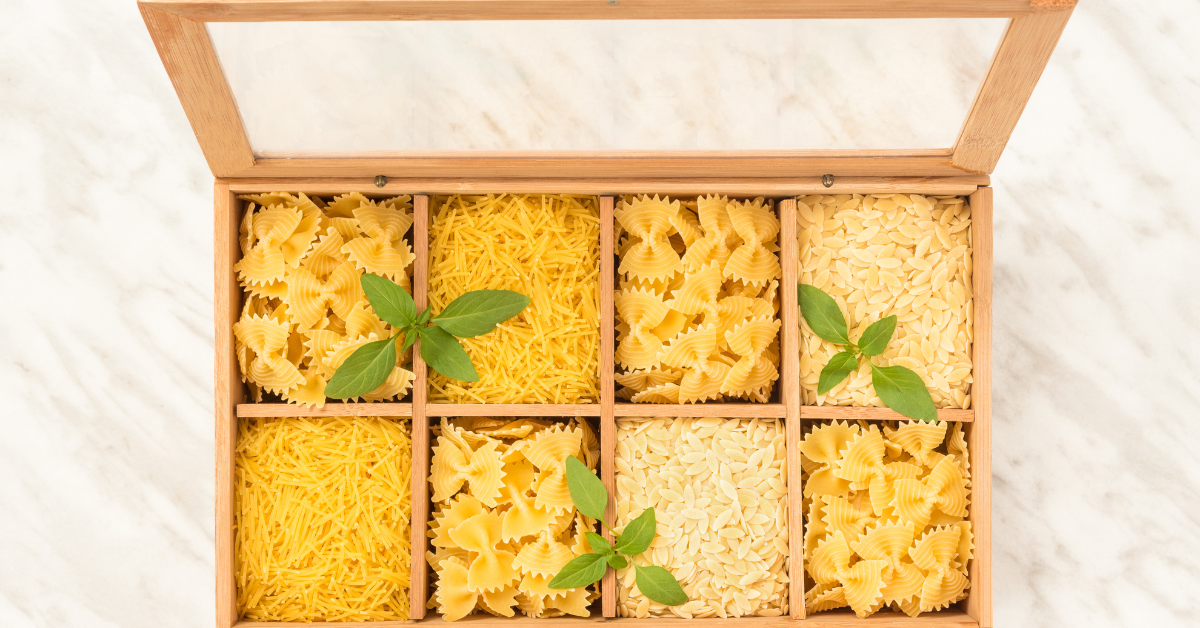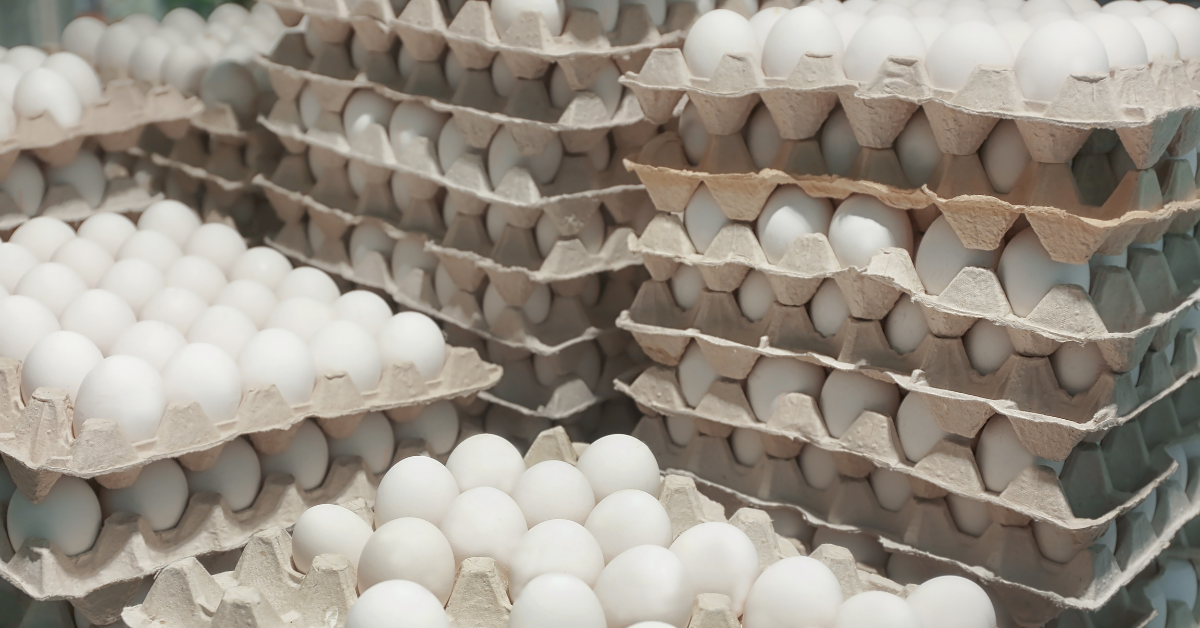One of the most considerable barriers for beginner preppers is the financial aspect. Prepping on a budget is hard. We know that it can be challenging to allocate additional funds for prepping emergency supplies amongst the other expenses we pay for daily, weekly, and monthly living.
We hate to worry that some individuals and families might feel like they’re not able to afford to prep. But everyone should be able to be ready for a rainy day. That’s why we’re excited to deliver the good news: Prepping on a budget is possible and affordable for almost everyone.
Prepping does not have to break the bank. Budget prepping is the process of making small and strategic financial decisions to push you and your family in the direction of being more adequately prepared for emergencies.
If you are interested in how to start prepping on a budget, keep reading. The first few steps don’t require any money at all.
If you're interested in learning how to become a prepper on a budget, stay with us. The first few steps won’t cost a penny.
How To Kickstart Your Budget Prepping Without A Dime
It’s easy to look at Youtube videos and articles about million-dollar emergency bunkers filled to the brim withprepper supplies and feel discouraged, thinking, "I can't afford that." But remember, the reality is, most of us are prepping on the cheap, and not everyone needs the million-dollar bunker.
Only a small percentage of self-reliant preppers in our community can afford such luxury. The majority, like us, are creating our emergency food supply and other essential gear on a budget.

To get started with your budget prepping, we recommend creating a plan, setting up a budget, and making an inventory of what you already have at your disposal. These steps require zero financial investment. In addition, you can start absorbing knowledge from books, articles, and videos to learn a plethora of invaluable skills that also require no money.
Devise a Plan
Devising an emergency preparedness plan is where every budget prepper should begin. The plan you create will be unique to you and your family. To do so, it’s a good idea to consider the following questions:
- What types of emergencies or natural disasters are most challenging for your geographic area?
- In case of emergency, what does evacuation entail?
- How can your home be better prepared for emergencies?
- Where in your home do you have space for food and supply storage?
- How might your plans change if you move homes? Or if your family grows?
It’s worth noting that your budget prepping plan doesn't have to cover every possible emergency scenario from day one. Focus on the most likely scenarios based on your geographical location and personal circumstances.
Create a Prepping Budget
Creating a budget and allocating funds for prepping is the best way to remain fiscally responsible while prepping. When prepping on the cheap, you can determine which items are most essential and which items you might need to save for. If it’s within the budget, you can feel confident to invest. If it’s not, then move on and continue saving.
- What is the typical monthly income for your household?
- What are the typical monthly expenses of your household?
- Ideally, how long do you want your emergency food rations and other supplies to last?
- How many people are in your family?
- How many calories does each person require to remain healthy?
It's essential to be realistic with your prepping budget. If a particular item is out of reach right now, don't stress. Continue to save until it becomes affordable, and in the meantime, focus on what you can do with the resources at hand.
Inventory What You Already Have: The First Step in Budget Prepping
Most of us have started prepping without even knowing it. Chances are, in your fridge or pantry right now is a selection of food you’ve been saving for at least a couple of weeks. These items are included in the short-term food storage category.
Short-term food storage consists of fresh fruits, vegetables, meats, dairy products, bread products, and dried goods that you prepare and eat on a routine basis. Short-term food storage keeps you from going to the grocery store daily and eating out or ordering delivery. These foods can function as your three-day emergency stockpile.
In your pantry right now, you also probably have a selection, perhaps small, of certain processed foods. Cans or boxes of soup, pasta, bags of rice or quinoa, oatmeal, and cereal are all perfect examples. These foods are part of your medium-term food storage.
Your medium-term food storage consists of frozen, canned, boxed, dried, or processed foods with a longer shelf-life than short-term foods. Typically, these foods are the convenient building blocks for your larger meals. Sometimes, they are the meal themselves, when all energy and creativity for cooking goes out the window. Thank you, frozen pizza!
Between the short- and medium-term foods you usually keep on hand, you’ve been prepping without knowing it. To continue prepping, we recommend doing three things that stay within the budget you created.
-
Continue shopping for short-term foods to keep you and your family fed, but avoid going to the grocery store every day, and spending money on eating out or delivery.
-
Slowly build up your medium-term food storage. For example, the next time you go to the store for your typical shopping trip, buy an extra box of pasta or take advantage of the buy-two-get-one-free deal for your favorite canned soup.
- Begin developing long-term food storage in a financially responsible way that agrees with your budget. This is easier than it sounds. We will explain two ways to build a long-term food storage stockpile and stay within your budget.
The secret of budget prepping is recognizing that you've probably already started without realizing it. In your pantry right now, you likely have some short-term and medium-term food storage items. Realizing this can give you a morale boost and clarify the next steps in your prepping journey.
How to Spend Your Money Wisely on Long-Term Food Storage

You don’t have to buy a year’s worth of emergency food in one transaction! Very few of us have the extra cash to make that possible. Instead, you can wisely spend your money over time to build up a long-term emergency food supply without burning a hole in your wallet.
The third category for food prepping is long-term food storage. Long-term food storage consists of professionally prepared and packaged freeze-dried and dehydrated emergency food. Long-term foods can last over 25 years and provide the valuable nutrients that any sized family may require throughout an emergency.
Think of it this way—long-term food storage is equivalent to food insurance. By beginning to invest in long-term emergency food now, you are preparing for the inevitable unexpected worst-case scenario. You hope you never have to use your food insurance, but when you do, you will be glad you began investing all those years ago.
Instead of buying a year's worth of emergency food in one go, which few of us can afford, you can strategically spread out your spending to build up a long-term emergency food supply. That's the beauty of budget prepping.
Long-term food storage is a worthwhile investment for any budget prepper. By buying freeze-dried and dehydrated emergency food products, you're essentially buying food insurance. It might seem like a significant upfront cost, but when you need it most, you'll be grateful you made the investment.
The 30-Day, Build Over Time Stockpile: Perfect for Budget Prepping
[product_render product-handle="30-day-stockpile-build-over-time"]
This product allows you to start prepping over time and helps you avoid lump sums. Investing in long-term emergency food with three incremental payments spread out over three months allows you to continue with your monthly income and expenses without much change.
After three manageable payments, you will have 30 days of emergency food for one person, also perfect for feeding your family duringgrocery store food shortages or natural disasters.
Food Storage Subscriptions: The Budget Prepper’s Best Friend
Similar to the 30-day build-over-time stockpile are food storage subscriptions that you simply plug into your regular monthly budget. Food storage subscriptions allow you to build up your emergency food stockpile over time until you meet your food storage goals.
Plus, by subscribing ahead of time to purchase emergency foods like freeze-dried fruits and entrees, you can save money with monthly discounts, as opposed to manually purchasing the items yourself each month.
All the food included in the 30-day stockpile and food subscription is non-GMO, easy to prepare, and comes with a 25-year shelf life. Plus, both of the products come with simple and recognizable ingredients; there is no added junk or ingredients that you cannot pronounce.
The food included in both our 30-day stockpile and food subscription is non-GMO, easy to prepare, and has a 25-year shelf life. Plus, the ingredients are simple and recognizable—no added junk or unpronounceable ingredients. This ensures that even while prepping on a budget, you're providing healthy, reliable food for your family in the event of an emergency.
Tips for Prepping on a Budget

-
Buy in bulk.Buying food in the bulk aisle of your grocery store is one of the best ways to save money. It may seem counterintuitive because you’re spending more up front, but usually larger quantities offer better value. For example, a two-pound bag of flour may only cost $1.16, but at 3.6¢/oz, you’re better off spending a couple more dollars to get the 10-pound bag at 2.5¢/oz.
-
Refrain from spending too much money on water.Instead of buying expensive bottled water, we recommend investing inrefillable water jugs and barrels you can fill with your tap water source.
-
Spoiled food is lost money. To ensure that theemergency food storage you are stockpiling doesn’t spoil prematurely, it’s critical to store it in an ideal area and take precautions against insects and rodents.
-
Buy with friends: Relying on your prepper community is a good way to save money. For example, if you and some friends or family want to boost your medium-term food storage, you can split the cost of a large bag of rice instead of trying to pay for the whole thing yourself or buying smaller bags individually. Just make sure you knowhow to store rice long term.
-
Focus on rewards. Loyalty programs and cash-back rewards are passive ways to save money and reinvest it in more food prepping.
- Set your goals and stick with them. Prepping on a budget is an ongoing endeavor. To keep your spending on track, set both financial and prepping goals. For example, if your goal is to spend $5 dollars extra each week on killer deals, don’t overspend, no matter how enticing it may be.
-
Speak with an expert. If you are new to prepping, a lot can be gained fromspeaking with an expert. You can get your questions answered and receive advice on how to successfully prep without spending a fortune.
Additional Tips on Prepping on a Budget
Learn New Skills. Take advantage of the wealth of free educational materials available online to prep on a budget. Explore reputable websites, read informative articles, and watch instructional videos that cover a wide range of essential skills for emergencies. Platforms like YouTube offer a vast array of tutorials and demonstrations on topics such as first aid, fire safety, food preservation, self-defense, and more. By dedicating time to self-education, you can develop an extensive set of invaluable skills without spending a dime.
Remember, while expensive prepping options may seem out of reach, building skills is a cost-effective and empowering approach to emergency preparedness. By focusing on learning, planning, and utilizing free educational resources, you can develop the necessary expertise to navigate and respond effectively in various emergency situations.
Bartering System. Another often overlooked strategy in budget prepping is bartering. As you begin your journey on how to become a prepper on a budget, consider items you might trade with others in your community. This can be anything from extra food items, tools, skills, or services. Not only does this strategy help you save money, but it also strengthens bonds within your community, enhancing everyone's preparedness levels.
Utilizing Local Resources. Prepping on the cheap doesn't mean you're alone. Your local community likely offers resources you can tap into for emergency preparedness. Check out local workshops, emergency training classes, and community events focused on preparedness. These resources can offer valuable information and connect you with others who are also learning how to start prepping on a budget.
Updated Final Thoughts: Budget Prepping is Accessible for Everyone
Prepping for an emergency or natural disaster does not need to put you or your family into debt. On the contrary, you can begin prepping on the cheap without spending any money.
Preparing a plan, building a budget, and taking inventory are the ideal steps for prepping on a budget. From there, with a better understanding of what supplies you already have in short- and medium-term food storage, what you need, and how much money you have budgeted, you can begin incrementally investing in long-term food storage.
We hope you found this article helpful and that it dispelled the myth that you need to be a millionaire to start prepping. For more helpful articles like this, visit our Practical Prepper Blog, or join our prepper community. Or, if you are ready to start your budget-prepping journey, visit our website to make your first purchase.
You don’t have to buy a year’s worth of emergency food in one transaction! Very few of us have the extra cash to make that possible. Instead, you can wisely spend your money over time to build up a long-term emergency food supply without burning a hole in your wallet.




